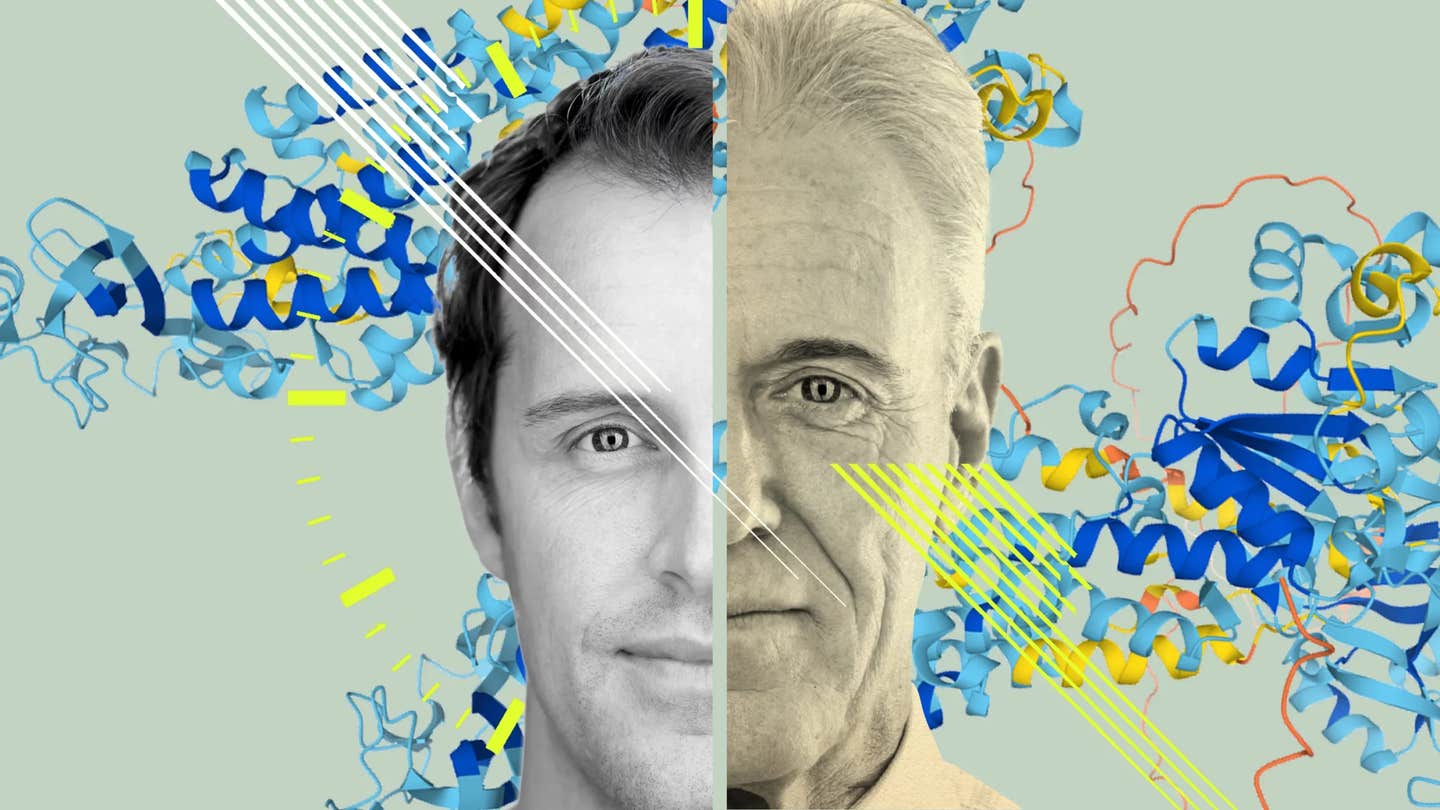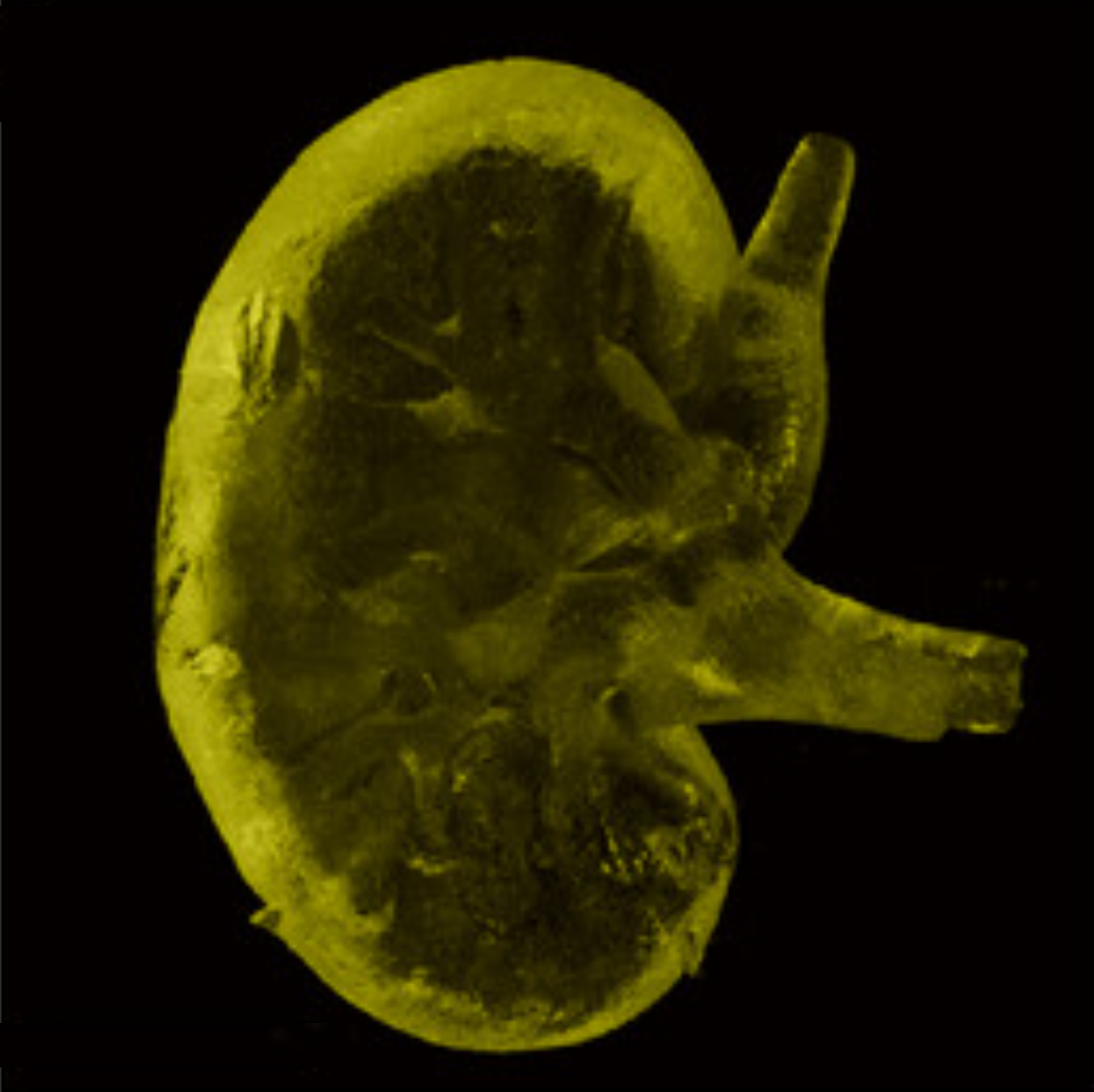DNA markers found to be highly accurate at predicting human age
New research reveals that DNA markers from ancient viral fragments can act as biological age clocks, opening new doors to understanding aging and developing anti-aging therapies.

Retroelements have long been recognized for their influence on gene regulation. (CREDIT: CC BY-SA 3.0)
A groundbreaking study by researchers at Weill Cornell Medicine and epigenetics company TruDiagnostic has unveiled new DNA markers associated with retroelements—remnants of ancient viral genetic material within our genome—that act as highly accurate epigenetic clocks for predicting chronological age.
These findings add to the understanding that specific retroelements in human genes may play a role in the aging process, furthering the search for biological markers that can more precisely reflect a person’s age on a molecular level.
Retroelements have long been recognized for their influence on gene regulation, expression, and genomic stability, as well as their role in the development of certain diseases. However, their potential as biomarkers for aging had previously been overlooked.
Now, this study shows that these ancient viral fragments embedded in human DNA can capture new aging signals, making them key players in assessing the biological factors driving aging.
Published in the journal Aging Cell, the study concluded that retroelement-based clocks, embedded deep within the genome, capture unique aging signals not recognized by conventional aging clocks.
Related Stories
While most epigenetic clocks rely on patterns of methyl groups attached to DNA that influence gene expression, this new clock detects a shift in these methylation patterns on retroelements as people age. These shifts seem to trigger the activation of certain genes, potentially leading to issues like inflammation, genomic instability, and age-related diseases.
Aging, influenced by genetic, environmental, and epigenetic factors, is far more than just the number of years someone has lived, known as chronological age. Biological age, a measure of age at the biochemical level, may offer a more accurate representation of an individual’s health. The two forms of age don’t always align, which is why researchers are focused on finding biological markers that can bridge this gap.
Constructing the Retroelement Clock
The researchers, in collaboration with TruDiagnostic, used a machine-learning model to analyze epigenetic data from 12,670 individuals, whose ages ranged from 12 to 100. They focused on methylation patterns of specific retroelements—such as human endogenous retrovirus (HERV) and long interspersed nuclear elements (LINEs)—to develop a composite age clock called “Retro-Age.”
“Retro-Age offers a new lens through which we can understand the aging process and provides a powerful tool to predict biological age,” explained Dr. Lishomwa Ndhlovu, the study's first author and a professor at Weill Cornell Medicine.
The team discovered that the Retro-Age clock remained accurate when tested across various types of human tissues and proved to complement existing epigenetic clocks. Furthermore, the study found that this clock’s predictive power extended beyond humans, suggesting that retroelement activity might be a universal factor in aging across multiple species.
Environmental Factors and Biological Aging
Another key finding of the study was how environmental factors could influence the DNA methylation patterns that define these retroelement clocks. The researchers observed this specifically in the context of antiretroviral therapy, used by people living with HIV.
HIV infection has been shown to accelerate the aging process at the molecular level, but the study suggests that antiretroviral therapy may reverse some of the epigenetic changes, in effect slowing biological aging.
Dr. Michael Corley, the study's corresponding author and an assistant professor of immunology at Weill Cornell Medicine, highlighted the role of retroelement reactivation in aging: “The reactivation of specific retroelements increases with age, potentially leading to inflammation, cellular senescence, and genomic instability.” These hallmarks of aging, in turn, contribute to age-related diseases.
Their findings indicate that monitoring retroelement clocks could provide new ways to track the effectiveness of anti-aging therapies, assess health outcomes in aging populations, and measure the impact of lifestyle changes on biological aging.
Future Directions in Age-Related Therapies
The insights from this study open the door to exploring new therapeutic interventions aimed at slowing or even reversing the aging process by targeting the epigenetic states of retroelements. By adjusting how these ancient viral fragments in our DNA are regulated, it may be possible to mitigate the biological effects of aging.
Dr. Ndhlovu and Dr. Corley plan to further research how altering these retroelement-driven epigenetic changes could improve an individual's health span—the number of years lived in good health—as well as overall lifespan. This approach has the potential to lead to innovative treatments for age-related diseases, providing hope for prolonging healthy aging.
The study’s exploration of retroelements adds a new dimension to understanding the aging process, presenting a potential avenue for developing therapies that address the root causes of biological aging. The integration of retroelement clocks into future research may significantly advance anti-aging therapies and bring about a new era of personalized medicine, designed to help individuals live longer, healthier lives.
Note: Materials provided above by The Brighter Side of News. Content may be edited for style and length.
Like these kind of feel good stories? Get The Brighter Side of News' newsletter.



